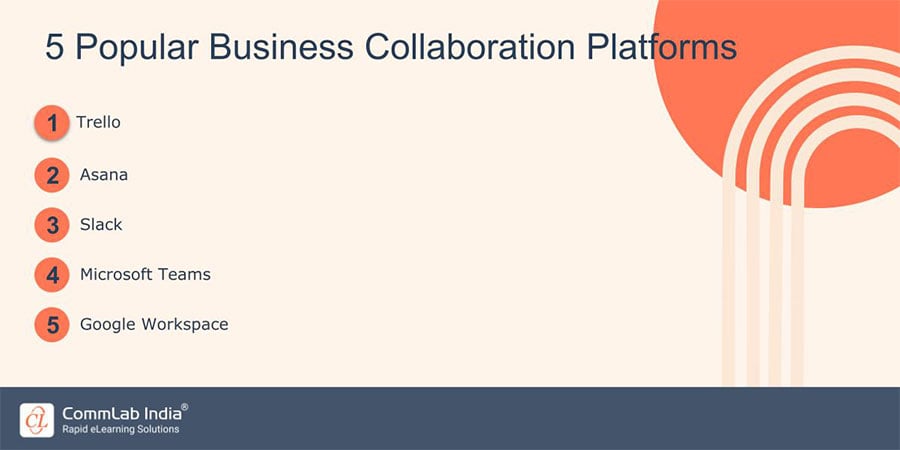Staff Augmentation: Your Secret Weapon for Agile and Affordable Success

Staff augmentation has emerged as a valuable strategy for businesses looking to harness the power of skilled professionals while maintaining flexibility and control. In this chapter, we will delve into the unique selling points (USPs), points of differentiation (PoDs), and points of parity (PoPs) associated with staff augmentation. In this blog, we will explore its definition and explanation, highlight the importance of skilled professionals in driving business growth, differentiate staff augmentation from other hiring models, and outline the benefits it offers.
Staff Augmentation is Definitely a Game-Changer for Modern Businesses!
Dive into the dynamic world of Staff Augmentation. Unveil the strategic synergy of flexible staffing, specialized skills, and efficient growth, reshaping the future of business success. Embrace the transformative potential that comes with leveraging external expertise within your internal team.
Staff Augmentation: The Trade Off
Staff augmentation can be defined as a strategic approach to staffing where businesses augment their existing teams with external professionals to fulfill specific skill requirements. Instead of hiring full-time employees, organizations engage professionals on a temporary basis to supplement their in-house workforce. These professionals, known as staff augmentees, are integrated into the company’s existing team structure, working closely with internal employees to achieve common goals.
The essence of staff augmentation lies in its flexibility. Companies have the freedom to scale their workforce up or down depending on project demands, without the long-term commitment or expenses associated with permanent hires. This approach allows organizations to tap into a vast talent pool and access specialized skills and knowledge that may be lacking within their existing teams.
→ Download eBook Now: Staff Augmentation for High Performing L&D Teams
Importance of Skilled Professionals in Driving Business Growth
Skilled professionals play a pivotal role in driving business growth. In today’s competitive landscape, staying ahead requires a workforce equipped with diverse expertise and up-to-date knowledge. Staff augmentation enables businesses to quickly acquire the necessary talent and competencies to tackle complex projects and meet evolving customer demands.
By augmenting their staff with skilled professionals, organizations gain access to fresh perspectives, innovative ideas, and specialized skill sets. These professionals bring a wealth of experience from diverse industries and backgrounds, enhancing the company’s problem-solving capabilities and fostering a culture of continuous learning and improvement. Their expertise can help businesses accelerate project timelines, improve product quality, and ultimately achieve strategic objectives more efficiently.
Differentiating Staff Augmentation from Other Hiring Models
Staff augmentation distinguishes itself from other hiring models, such as outsourcing and freelancing, through its unique characteristics and benefits. While outsourcing involves delegating entire projects or business functions to external entities, staff augmentation focuses on integrating professionals into existing teams.
Unlike freelancing, where individuals work independently on a project-by-project basis, staff augmentees become part of the client’s workforce, collaborating closely with internal employees. This integration facilitates seamless communication, knowledge transfer, and efficient coordination, resulting in better collaboration and cohesion within the organization.

Staff augmentation also provides organizations with greater control and flexibility compared to outsourcing or freelancing models. By retaining ownership of the project and having direct oversight of the augmented staff, businesses can maintain control over project deliverables, timelines, and quality standards. This level of control ensures that the staff augmentees align with the company’s values, culture, and strategic objectives.
The Benefits of Staff Augmentation
1. Enhanced Flexibility
In today’s business landscape, project requirements can fluctuate, and organizations need the flexibility to scale their workforce accordingly. Staff augmentation provides the agility to quickly adapt to these changes. For example, imagine a software development company that has landed a large contract to develop a new mobile application. They anticipate a surge in workload for the next six months but are unsure if the demand will continue afterward. Instead of hiring full-time developers, they opt for staff augmentation.
By augmenting its existing team with skilled professionals on a temporary basis, the company can easily scale up their workforce to meet the increased project demand. Once the project is completed, they can smoothly scale down without the need for layoffs or the burden of excess staff. This flexibility allows them to efficiently allocate resources, maintain optimal productivity, and adapt to changing market conditions.
2. Access to Specialized Skills
In today’s competitive environment, specialized skills are often critical for success. However, it may not be cost-effective or practical for companies to hire full-time employees with every specialized skill set they require. Companies can tap into a broader talent pool and access professionals with specific expertise and experience. This access to specialized skills enables businesses to tackle complex projects, innovate, and stay ahead in a rapidly evolving marketplace.

Let’s consider a marketing agency that wants to launch an influencer marketing campaign for a high-profile client. They need individuals with a deep understanding of social media platforms and influencer outreach. Through staff augmentation, they can engage social media specialists and influencer managers who have a proven track record in executing successful influencer marketing campaigns. These professionals bring their insights, knowledge, and established relationships, enabling the agency to deliver impactful results for their clients without committing to permanent hires.
3. Cost-Effectiveness
Cost management is a critical aspect of running a successful business. Staff augmentation offers cost advantages over traditional hiring models. By engaging professionals on a temporary basis, organizations can avoid the costs associated with full-time employees, such as recruitment, onboarding, training, benefits, and long-term commitments.
For instance, let’s imagine a manufacturing company that is implementing a new enterprise resource planning (ERP) system. They require experts in ERP implementation and customization to ensure a smooth transition. Instead of hiring a dedicated in-house team, they opt for staff augmentation. By engaging ERP specialists for the project duration, the company saves costs associated with long-term salaries and benefits. They can allocate their budget more efficiently, investing in the required expertise without incurring unnecessary expenses.
4. Knowledge Transfer and Collaboration
Staff augmentation fosters knowledge transfer, collaboration, and the exchange of ideas between augmented staff and internal employees. This integration creates an environment where professionals from different backgrounds and experiences can collaborate, share knowledge, and collectively drive innovation.
Let’s consider a healthcare organization that is implementing a new electronic health records (EHR) system. They engage EHR implementation specialists through staff augmentation. These specialists work side-by-side with the internal IT team, sharing their expertise, best practices, and industry insights. Through collaboration, the internal team gains a deeper understanding of the system, becomes proficient in its usage, and develops the skills needed for ongoing maintenance and support. This knowledge transfer not only benefits the organization in the short term but also builds internal capabilities for future projects.
5. Improved Time-to-Market
Staff augmentation enables organizations to accelerate project timelines by quickly augmenting their workforce with skilled professionals. This can lead to faster product development, reduced time-to-market, and competitive advantage.
Imagine a technology startup that has secured a significant investment for the development of a groundbreaking software product. They have a tight deadline to launch the product and capture market share. By leveraging staff augmentation, they bring in experienced software developers and quality assurance testers to complement their existing team. With the added expertise and resources, they can expedite the development process, conduct thorough testing, and ensure a high-quality product launch within the given timeframe. This gives them a competitive edge by capturing market opportunities before their competitors.
Parting Thoughts!
Staff augmentation provides businesses with a unique trade-off by offering flexibility, access to specialized skills, cost-effectiveness, knowledge transfer, and improved time-to-market. By augmenting their staff with external professionals, organizations can leverage the advantages of this hiring model to drive growth, tackle complex projects, and gain a competitive edge in today’s dynamic business landscape. If you are planning to opt for staff augmentation for high performing L&D teams specifically, here’s an eBook you should definitely check out!



![10 Tips to Optimize Staff Augmentation [Infographic]](https://blog.commlabindia.com/hubfs/blogs/tips-optimize-staff-augmentation-infographic.jpg)

